Italy in Space: Innovation and Exploration
Italy’s important role in the European and international space sector is reflected in its continued investment into the European Space Agency (ESA). In November 2022, at the ESA Ministerial, Italy committed €3.1 billion over 3 years (2022-2025), confirming it as the third largest contributor to ESA and the biggest on optional programmes. The country has also budgeted a further €2.3 billion for national space activities between 2021 and 2026. OpenSpace finds out how the Italian Space Agency (ASI) is investing this funding and driving innovation across a range of major programmes.
2023 marks the 35th anniversary of the establishment of ASI, during which time it has cemented its reputation as a leading space nation in exploration, navigation, telecommunications and human spaceflight missions. This is thanks to the country’s commitment to science and innovation, which builds upon a unique heritage spanning thousands of years and featuring some of the greatest ever scientific and mathematical minds.
Today, ASI works in partnership with ESA and NASA, and bilaterally with national space agencies around the globe, playing a crucial role in missions ranging from Earth observation (EO) to Mars exploration.
“Our investments in ESA and at a national level are in synergy. The Italian space sector is performing very well and we are constantly outperforming our targets,” says Roberto Formaro, Director of Programmes at ASI.
“Each year we review and update our 3-year strategy. This involves collecting input from users (industry, research institutions and space operators in general),
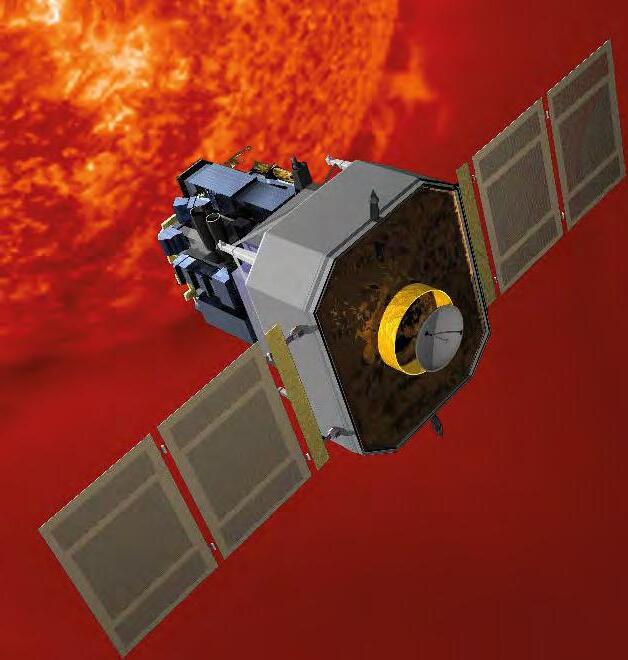
identifying trends and setting investment priorities in coherence with strategic national lines. The same process is done in parallel for ESA subscriptions; after each Ministerial, the work for the next Ministerial starts and ASI departments work in synergy, identifying new areas and programmes of interest for national users within the ESA programme to be subscribed at the next Ministerial council.”
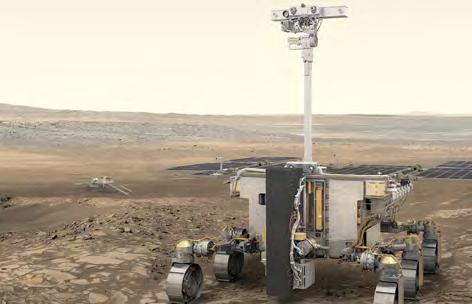
In the coming decade, ASI’s technology roadmap is wide-ranging, although within the ESA optional programmes there are three key focus areas.
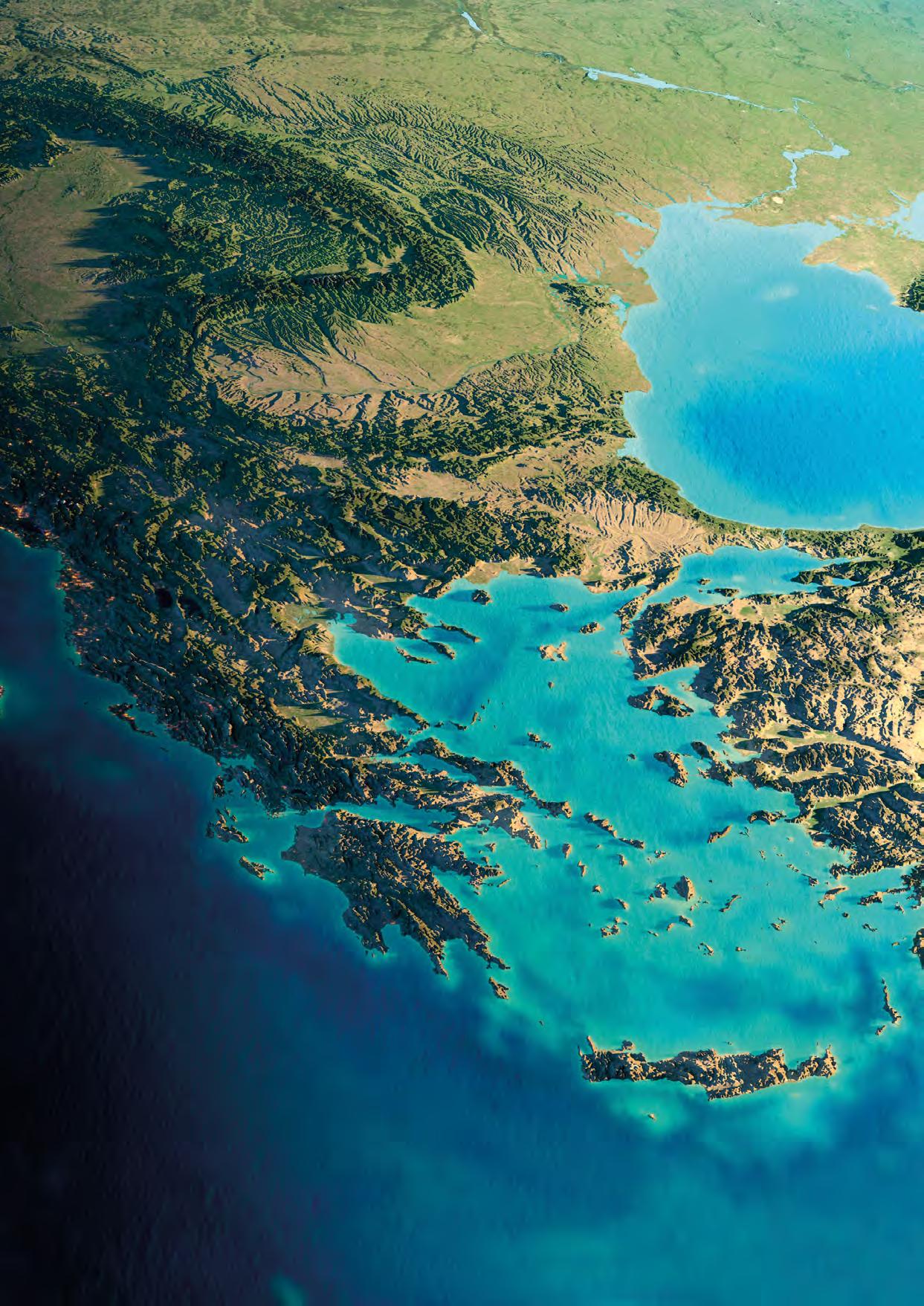
“Earth observation, exploration and launchers are our priorities. Navigation is also very important for Italy, since we have a strong presence in the Galileo programme, including contracts for upstream and downstream. We will see continued investment in all these areas,” adds Roberto Formaro.
He also points to the Italian space industry’s broader areas of interest including space traffic management, with in-orbit servicing, space situational awareness (SSA) and space surveillance and tracking (SST), and telecommunications. “In principle, we will try to accommodate all the new trends and ideas coming from institutions and industry, collecting and organizing them, and identifying synergies.”
International collaboration
To enable the fulfilment of its roadmap, ASI is actively involved in several major international space programmes. This includes being a signatory of the Artemis Accords – a non-binding, multilateral arrangement between the United States Government and other governments, which aims to return humans to the Moon by 2025, as part of wider plans for interplanetary exploration.
towards Mars and beyond. The first mission to the Moon will come soon, as we are undertaking an important experiment with NASA that will evaluate how we can use Galileo and GPS terrestrial signals from and around the Moon.”
In parallel, ASI is supporting ESA’s Moonlight initiative.
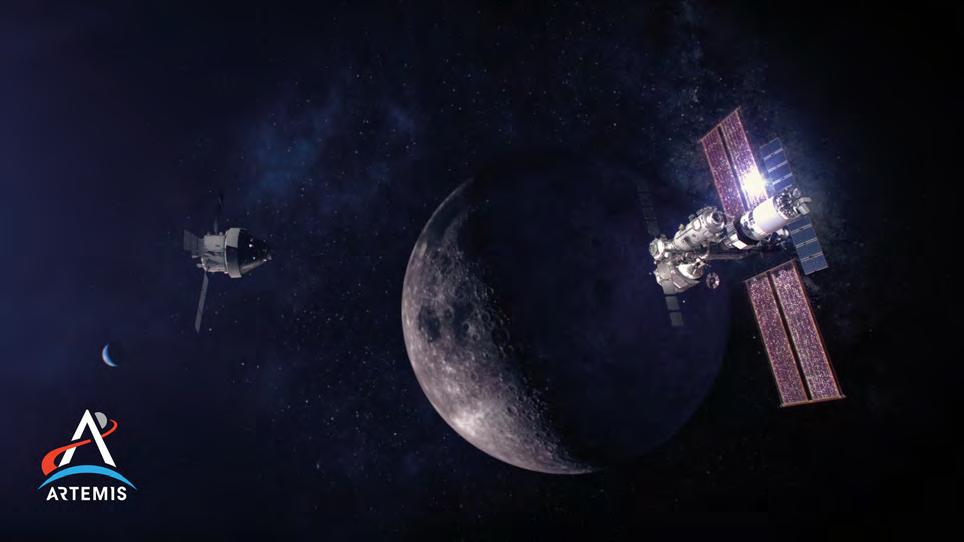
“We are working on additional programmes with NASA and other agencies for various missions relating to Mars,” explains Roberto Formaro. These include investing in in-situ resource utilization (ISRU) technologies, robotic exploration and solutions to allow long-duration human presence on the Moon, as well as looking at radiation challenges on Mars.
“The idea is to use the Moon as a bridge to Mars, considering them synergistically from an investment perspective, while using the Moon as a testbed
Artemis. We are strongly interested in Mars, working with the UK Space Agency to support the ExoMars mission, and we have bilateral agreements with other important space agencies such as JAXA (Japan Aerospace Exploration Agency) and the Canadian Space Agency. Space must see cooperation between multiple players.”
Securing Italy’s resilience
In December 2020, 9 months after the outbreak of COVID-19, the European Union’s (EU’s) Next Generation EU (NGEU) €750 billion economic recovery package was adopted. As the EU country that was
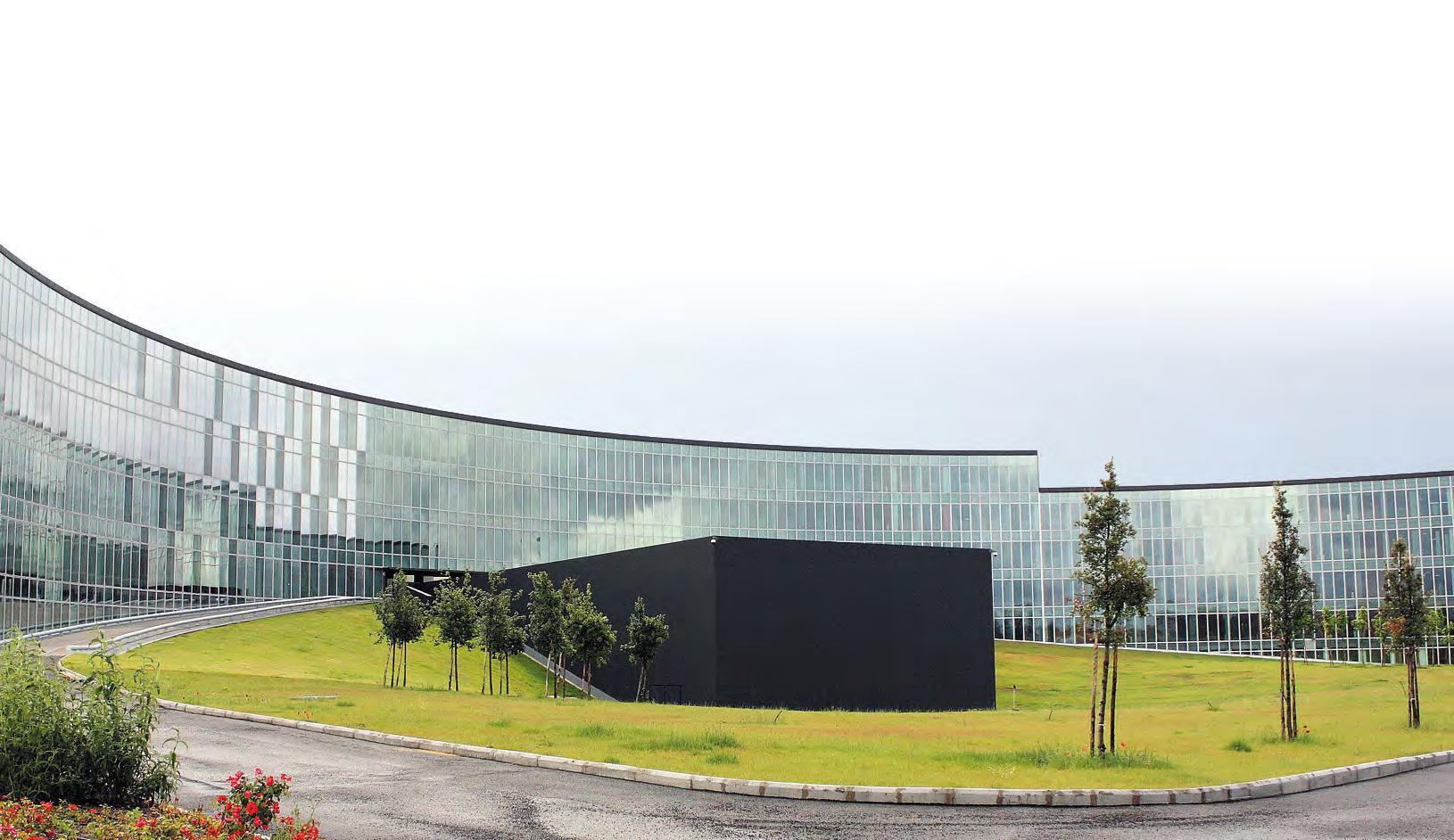

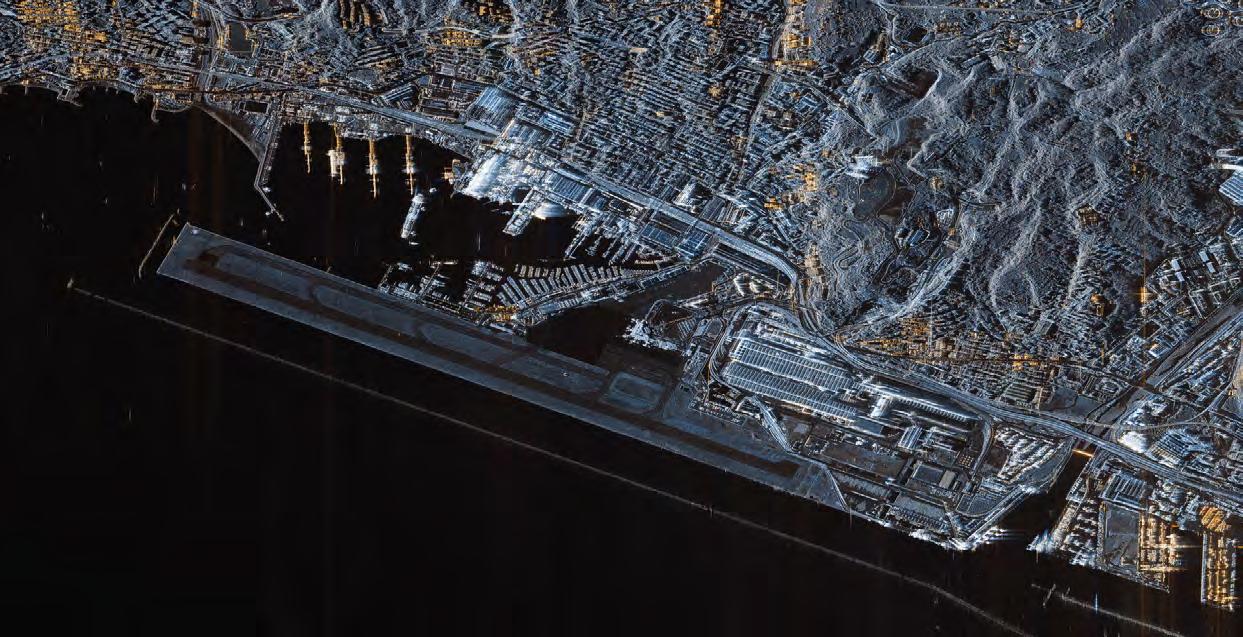
first and hardest hit by the pandemic, Italy published its National Recovery and Resilience Plan (Piano Nazionale di Ripresa e Resilienza [PNRR]), with a focus on six key areas: Digitalization, Innovation, Competitiveness and Culture; Green Revolution and Ecological Transition; Infrastructure for Sustainable Mobility; Education and Research; Inclusion and Cohesion; and Health.
ASI now plays a central role in delivering the plan. “PNRR has important lines for telecommunications and secure communications, while there is also a focus on in-orbit development capabilities, in the area of space traffic management and remote sensing. We have an important mission for in-orbit servicing, which is targeting many orbital capabilities – from the simple deorbiting of satellites to removal of debris, in-orbit refuelling, and basic in-orbit manufacturing and assembly,” says Roberto Formaro.
“Through a dedicated €110 million budget for SST activities, we are working on developing a Flyeye telescope network, based on the customization of the pathfinder currently developed by ESA with a strong majority of Italian funds and devoted to NEO [near-Earth objects]. The network is tasked with targeting debris in high low Earth, medium Earth and geostationary orbits. The telescopes will be installed in various parts of the globe to cover the entire sky. This activity is supplemented by a second asset – a powerful laser for SST, devoted to debris detection

and tracking. The third activity will be the realization of a dual cloud for hosting these systems.”
The Matera Space Centre, based in southern Italy, is the focal point for all this activity: this is where the network of telescopes will be operated from and the dual cloud installed. “Matera is one of the areas where we are trying to develop crucial assets for space traffic management. It already has geodesy and debris observation capabilities, and we are implementing additional capabilities there.
“Using our ground-based laboratory activities at Matera, we aim to improve our downstream capability for integrated applications. It will feature a multimedia area – the Matera Space Lab – where users can meet and develop new applications. The laboratory will be devoted mainly to integrated applications, but also to the integration of sensors from ground to space. It will facilitate data fusion and have an orbital capability of a small platform where we can upload applications to be tested in orbit.
“Ultimately, we plan to extend access to this laboratory to the entire national community of researchers, and to dedicate part of the activity to the enlarged Mediterranean geopolitical area, involving institutions from other countries in the region.”
Although ASI has worked heavily on downstream applications in the past decade, the PNRR has led
to the Agency focussing on putting together sensors to create additional innovative applications. “This is another example of how Italy is trying to go beyond the downstream, and we believe that the EO sector will continue to grow. Current analysis indicates that there is a lot of use of GNSS and telecom capabilities, but less in EO. So we need to push a little bit in this area, to involve more of the EO user community,” Roberto Formaro adds.
Society and defence
COSMO-SkyMed is a “very important mission for Italy,” emphasizes Roberto Formaro. “It is a good example of how public administration – defence and civilian – can work together efficiently, identifying requirements and optimizing resources. We have demonstrated that classified systems and civilian systems can be developed in a unique solution, and this has involved putting together high-level requirements in a high-quality system. It is a big investment and it is working well.
“The second component is that COSMO-SkyMed works with an on-demand approach. There is always this debate about on-demand systems or systems that are routine, and we have been
This is extremely useful for our country, because Italy has many significant challenges relating to ground motion and natural disasters. Looking ahead, COSMO-SkyMed can have an even bigger role and impact in helping us solve important challenges.”
Another major Italian asset is PRISMA (Hyperspectral Precursor of the Application Mission), which Roberto Formaro describes as “working very well and a real game changer if used in the right way” – as a real hyperspectral satellite. We need to consider the entire set of data that we gather on a single area, enabling us to efficiently use the entire data set and make excellent observations that may help us solve challenges in areas such as environmental disasters and water management.
“PRISMA first generation has some important capabilities, but at the national level we are also developing additional sensors – PRISMA second generation – and a smaller version that has very similar capabilities to the first generation. The PRISMA second generation will have a spatial resolution of 10 metres and better performance. In parallel, the smaller hyperspectral instrument, with a very small mass, will provide images of the same quality as
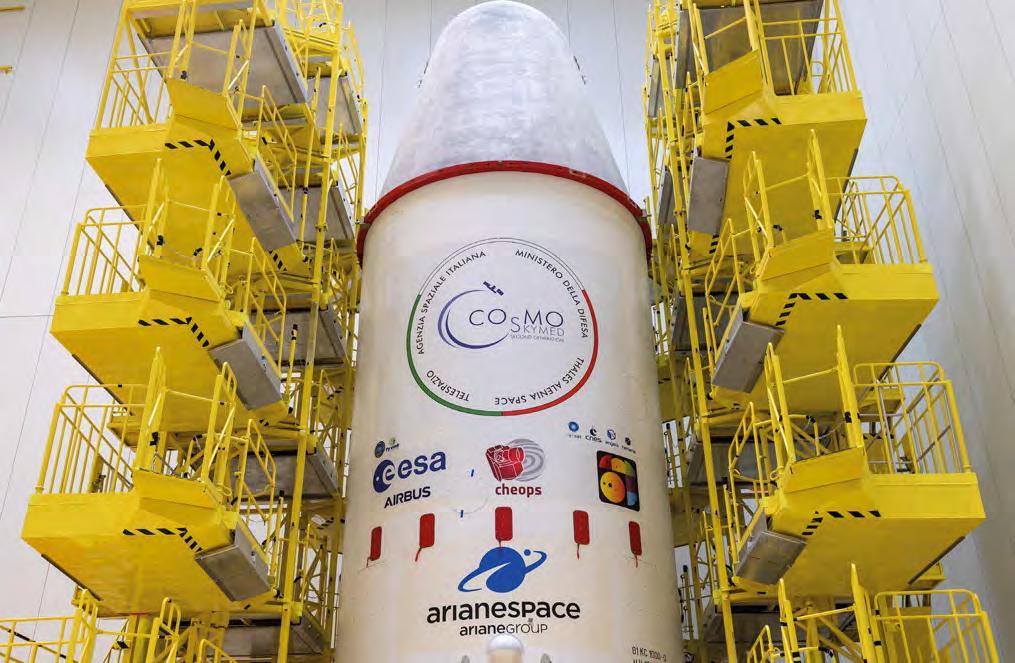

The smaller version will be mounted on four PLATiNO Mini-Satellite Platforms – developed by SITAEL and its partners Thales Alenia Space Italia, Leonardo and Airbus – in the frame of the PNRR’s IRIDE Italian constellation of constellations, giving an unprecedented revisit capability in hyperspectral imaging. “We believe that the PRISMA second generation and the constellation of small hyperspectral imagers could be the real game changer for complementing Italy’s SAR [synthetic aperture radar] capability,” he adds.
Protecting assets
With its raft of space missions and programmes, Roberto Formaro says ASI is acutely aware of the threats posed by cybersecurity. “It is another area where we are investing at ESA and national levels, since all our systems – including orbital assets and ground systems – must be protected. More broadly, Italy is investing heavily in cybersecurity, so ASI is an important player in this area. Cyberspace is a key area of interest for our country, so we see an opportunity for significant involvement by the Italian space industry and institutions for related applications.”
Security considerations extend further, with the creation of dual-use systems, he adds. “Cooperation between the civilian and defence parts of space is going to grow everywhere in the world. When we start talking about smart systems, smart cities, smart
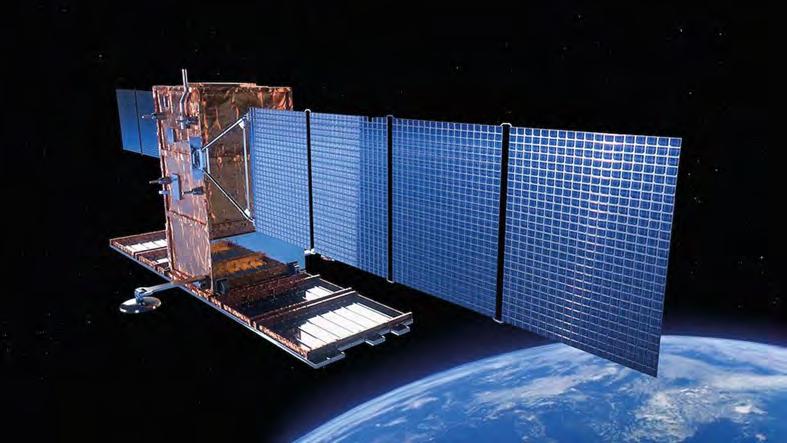
applications and interoperability, we need additional security, just as we have in other domains. In the future, we will require a reliable system to make the lives of people working in space safer, benefitting from the exchange of capabilities between the defence and civilian worlds to strengthen our systems.”
Roberto Formaro uses the Galileo satellite constellation as an example of how data security must be prioritized. “The certified Galileo signal is very important in order to ensure that the information received is not corrupted. Since people’s lives are linked to that information, we must be sure that there are no problems. People using GNSS signals must be certain that the data is accurate and secure, and when autonomous driving capabilities are used in the future, we need to be sure that the vehicle is receiving correct information. When we talk about interoperability between the machine and humans in orbit, the capability to make this interaction secure is critical, as well as for any kind of terrestrial application. These are just some examples of the challenges we are facing.”
Under the stewardship of its new President, Teodoro Valente, ASI is set to continue being a significant contributor to the global space sector. Through ASI’s leadership and involvement in various programmes and missions, Italy will extend its proud heritage as a giant of science and innovation, reaffirming that space remains a vital industry for the country. n
